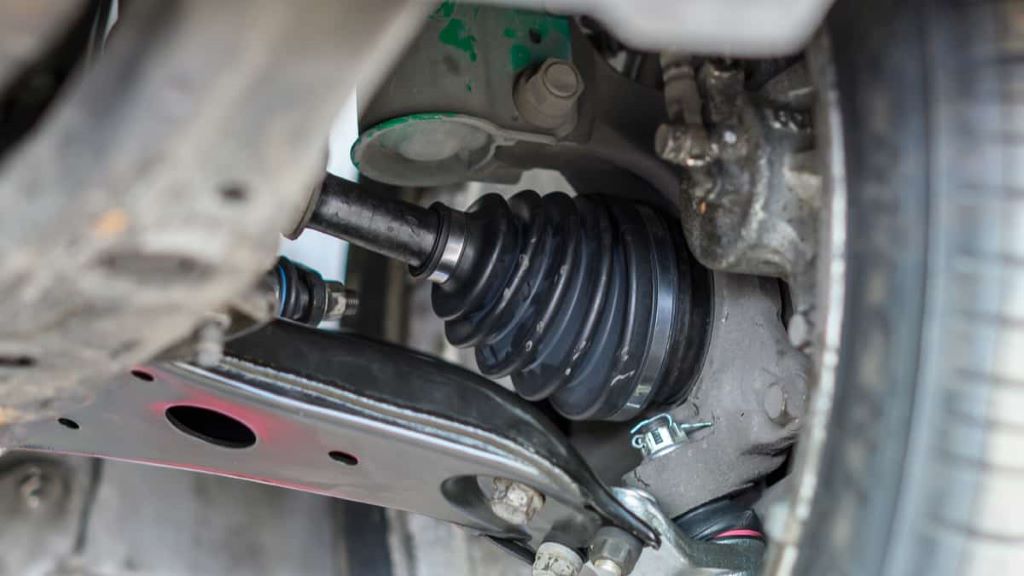In the automotive realm, an axle constitutes a fundamental mechanical element that assumes the crucial role of facilitating the rotation of gears or wheels. So what is the front axle replacement cost? Let’s find out now!
Contents
- What Are The Types of Axles Used In A Car?
- What is a CV Joint?
- Why is CV Axle Replacement Common?
- What Is The Front Axle Replacement Cost?
- Symptoms of Failure Front Axle
- How Long Do Car Axles Last Before Replacement?
- What is The Duration of Front Axle Replacement?
- Can You Drive With A Broken Front Axle?
- Final Words
What Are The Types of Axles Used In A Car?
The lexicon associated with car axles often encompasses terms such as axle shafts, CV axles, and half shafts, which are frequently employed interchangeably.
Nonetheless, it’s imperative to grasp that each category of axle embodies a unique set of attributes and characteristics. It’s noteworthy that not all vehicles incorporate a CV axle, notwithstanding its widespread prevalence.
Furthermore, car axles can be neatly segregated into two overarching classifications: live axles and dead axles. The pivotal differentiation lies in their functional roles within the vehicular ecosystem.
A live axle assumes the pivotal responsibility of channeling power from the engine to the wheels, thereby playing an integral part in the propulsion of the vehicle.
In contrast, a dead axle embraces a more passive role, primarily serving as a steadfast support structure, bearing the substantial burden of the vehicle’s weight, and remaining devoid of any engagement in the power transmission process.
What is a CV Joint?
A CV (Constant Velocity) joint, also known as a CV joint or CV axle, is a vital component in a vehicle’s drivetrain.
It plays a critical role in transferring power from the transmission to the wheels while maintaining a consistent rotational speed, regardless of the angle at which the wheels are turned.
This ability to transmit power smoothly and evenly, even during steering maneuvers, is essential for the proper functioning of a front-wheel-drive (FWD) or all-wheel-drive (AWD) vehicle.
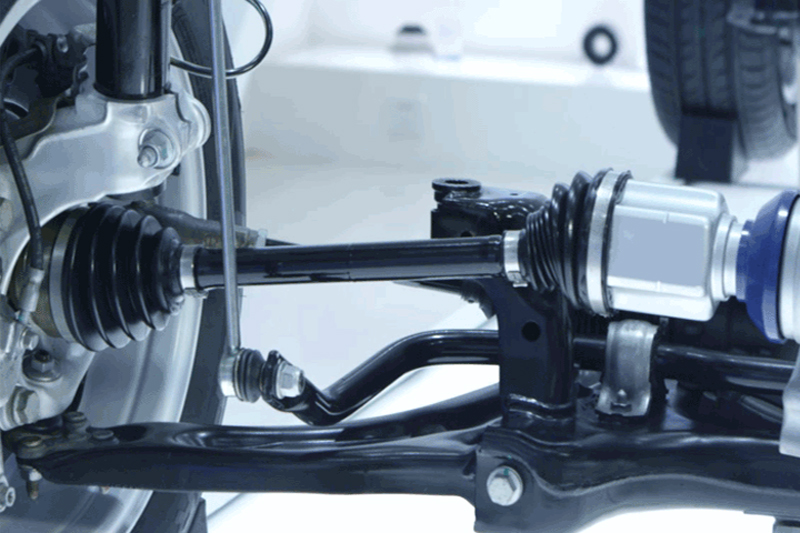
A CV joint consists of a housing, an inner race, an outer race, and a set of ball bearings or rollers. These components work together to allow for flexible movement and power transfer as the wheels turn and the vehicle moves.
Why is CV Axle Replacement Common?
CV axle replacement is a relatively common maintenance task for several reasons:
- Wear and tear: CV axles are subject to a significant amount of wear and tear due to their constant movement and power transmission. Over time, the CV joints can wear out, leading to the need for replacement.
- Environmental factors: Exposure to various environmental factors, such as road debris, water, and contaminants, can accelerate the deterioration of CV joints, causing them to fail prematurely.
- Suspension and steering movements: The CV axles are exposed to stress and torque during steering and suspension movements, especially in vehicles with front-wheel drive or all-wheel drive. This can lead to wear and eventually failure.
- Mileage: High mileage vehicles are more likely to experience CV axle wear and failure.
- Impact damage: Sudden impacts, such as hitting potholes or curbs, can damage CV joints.
What Is The Front Axle Replacement Cost?
The CV axle replacement price varies depending on factors such as your vehicle’s model, drivetrain, and the specific type of axle requiring replacement.
While repairs may offer cost savings in some instances, we strongly recommend replacing CV joints when safety is a concern.
For the replacement of a single front axle, the least expensive estimate typically ranges from $150 to $450. If the entire axle necessitates replacement, the total cost, including labor, generally falls within the range of $600 to $1,000.
Front axle replacements tend to be pricier, primarily because front-wheel drives (FWD) are more prevalent, with typical costs between $500 and $800. On the other hand, rear axle replacement usually costs between $500 and $800.
Opting for CV boot replacement, a more straightforward and economical option, typically incurs expenses of approximately $100 to $200, inclusive of labor.
CV axles themselves may cost a minimum of $50 to $150, although your mechanic might recommend premium components depending on your vehicle’s model.
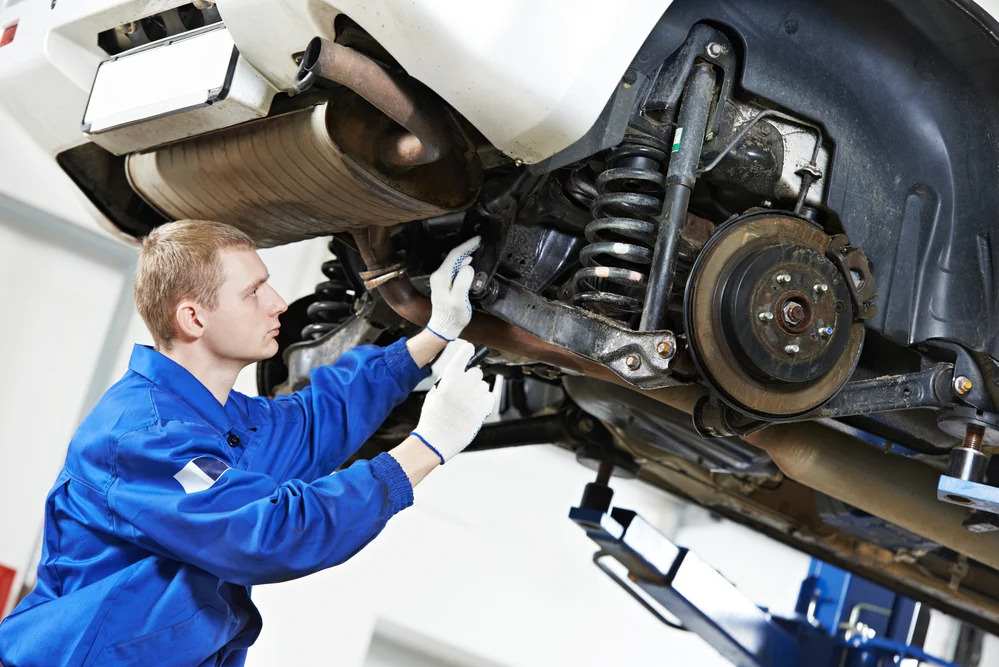
Additionally, labor costs for front CV joint replacement typically fall within the range of $100 to $300 or higher, contingent on the extent of the required work.
In instances where minor damage prompts consideration of delaying axle replacement, it’s important to remember that a damaged shaft can lead to further harm to the transaxle.
Subsequently, repair bills could soar into the several-thousand-dollar range, contingent on the extent of the damage. As such, it is advisable not to take the risk and to replace the faulty axle as expeditiously as possible.
Symptoms of Failure Front Axle
Symptoms of front axle failure can manifest in several noticeable ways, serving as important indicators of potential issues within the vehicle’s front axle assembly. These symptoms include:
Vibration
A prominent symptom of front axle problems is the occurrence of vibrations, especially during acceleration or when the vehicle is in motion. You can feel these vibrations through the steering wheel and may vary in intensity.
Clicking or Grinding Noises
Damaged or worn front axles often produce distinctive clicking, popping, or grinding noises, particularly when the wheels are turned or during sharp maneuvers. These sounds may indicate issues with the axle joints or bearings.
Steering Difficulties
A failing front axle can lead to difficulties in steering. Drivers may experience increased resistance when turning the steering wheel or a sense of “play” or looseness in the steering, reducing the vehicle’s responsiveness.

Uneven Tire Wear
Front axle problems can result in uneven tire wear patterns. Excessive wear on one side of the front tires compared to the other may suggest issues with the axle, alignment, or suspension components.
Leaking Grease
If you notice CV grease or lubricant leaking from the front axle area, it could indicate a damaged axle boot or seal. This can lead to insufficient lubrication and accelerated wear of axle components.
Front-End Shimmy
A shimmy or wobbling sensation in the front end of the vehicle, especially at higher speeds, may be a sign of front axle issues. It can affect the vehicle’s stability and safety.
Reduced Performance
Front axle problems can lead to reduced performance, affecting acceleration, braking, and overall drivability. This can be particularly noticeable when driving uphill or during rapid acceleration.
Warning Lights
In some modern vehicles, front axle issues may trigger warning lights on the dashboard, such as the ABS (Anti-lock Braking System) or traction control system warning lights. These lights may illuminate due to sensor readings affected by axle problems.
Visible Damage
Inspecting the front axle visually may reveal signs of physical damage, such as bent or cracked components, which can be a clear indication of axle issues.
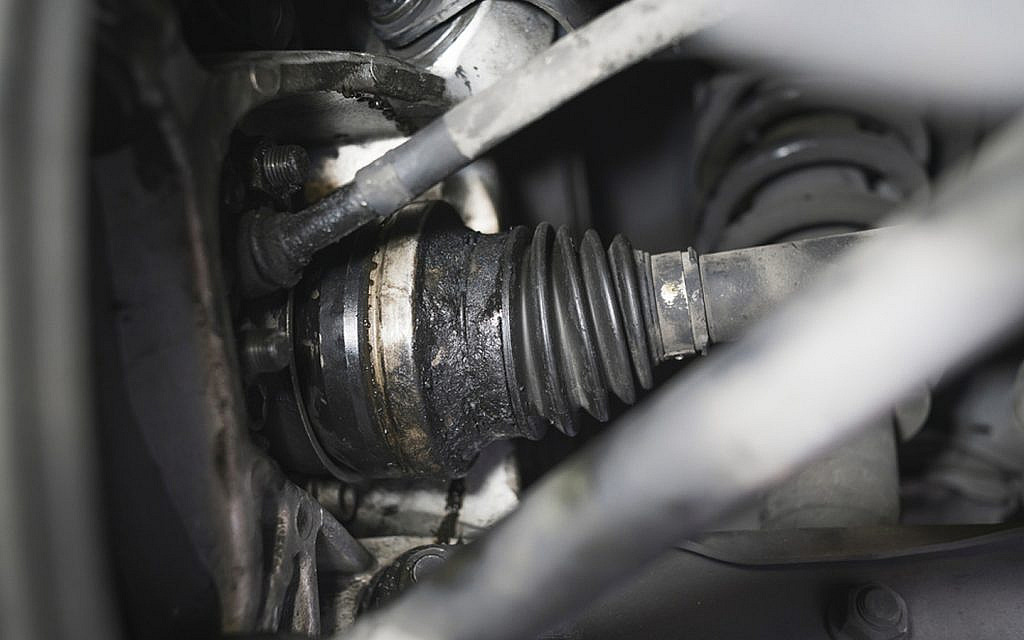
How Long Do Car Axles Last Before Replacement?
The lifespan of car axles, including the front axle, can vary widely based on several factors, including the type of axle, driving conditions, maintenance, and the vehicle’s make and model.
In general, here’s a rough estimate of how long car axles can last before they may need replacement:
Regular front CV axles: Front CV (Constant Velocity) axles on a typical passenger car can last anywhere from 100,000 to 150,000 miles (160,000 to 240,000 kilometers) or more under normal driving conditions. However, some may last longer with proper maintenance.
Rear CV axles (FWD/AWD): Rear CV axles on front-wheel-drive (FWD) or all-wheel-drive (AWD) vehicles generally have a similar lifespan to front axles, ranging from 100,000 to 150,000 miles (160,000 to 240,000 kilometers) or more.
Rear Axles (RWD): Rear-wheel-drive (RWD) vehicles equipped with solid rear axles may have axles that last longer, often exceeding 150,000 miles (240,000 kilometers) before needing replacement.
What is The Duration of Front Axle Replacement?
Typically, axle replacement takes a few hours, although the specific timeframe is contingent on the extent of damage to your vehicle.
This is particularly pertinent if delayed axle replacement has contributed to additional complications within the suspension system. From the initial diagnosis to the final inspection, a mechanic will invest a minimum of one to three hours in the axle replacement process.
If your vehicle has been involved in an accident, even a minor one, it is prudent to allocate additional time at the repair shop. Conducting a comprehensive vehicle inspection before resuming driving is a wise precautionary measure.
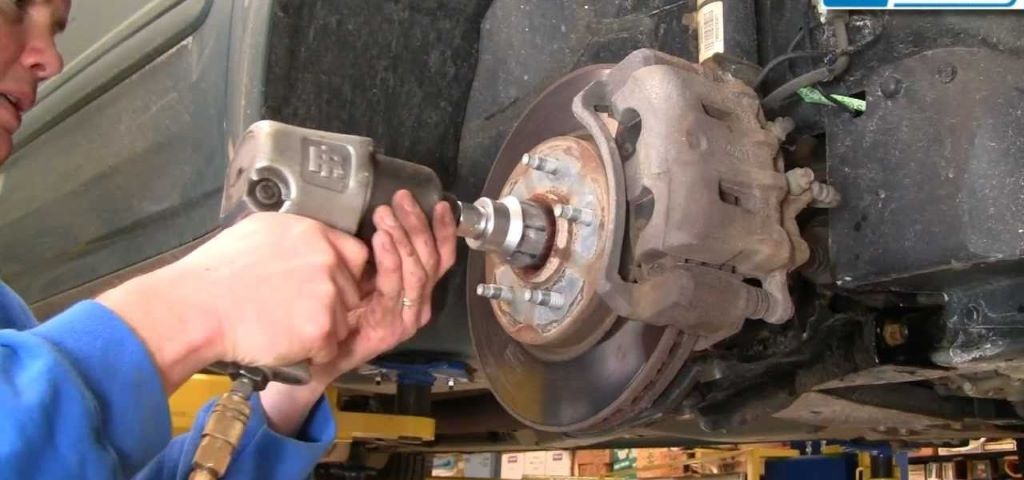
Can You Drive With A Broken Front Axle?
Driving a car with a broken front or rear axle is extremely dangerous and should be avoided at all costs. A broken axle severely compromises the vehicle’s ability to move safely and can lead to catastrophic consequences.
Here are several reasons why you should never drive a car with a broken front or rear axle:
Loss of Control
A broken axle can cause a sudden loss of control over the affected wheel or wheels. This loss of control can result in the vehicle swerving unpredictably, making it impossible to steer effectively.
Inability to Move
A broken axle typically means that at least one wheel is no longer connected to the drivetrain. As a result, that wheel will not receive power from the engine, rendering the vehicle immobile or severely limited in its ability to move.
Attempting to drive with a broken axle can cause additional damage to the vehicle’s suspension, brakes, and other components. This can lead to more extensive and costly repairs.
Damage to Road Surface
If a broken axle causes a wheel to lock or drag on the road surface, it can damage the road and pose a hazard to other drivers.
Driving a car with a bad front or rear axle is not only ill-advised but also extremely hazardous. It can result in loss of control, accidents, and further damage to the vehicle.
When faced with a broken axle, the best course of action is to have the vehicle towed to a repair facility and have the necessary repairs conducted by a qualified mechanic to ensure safety on the road.
Check out this video from Scotty Kilmer to get more details on how to replace an axle in your car!
Final Words
Overall, the front axle replacement cost can be significant, but it’s necessary to keep your vehicle safe, functioning properly in the long-term, and ensuring a smoother ride. Ignoring front axle issues can lead to safety problems and more costly repairs down the road.
To save on replacement expenses, regular maintenance like checking and maintaining axle components can help catch problems early.

